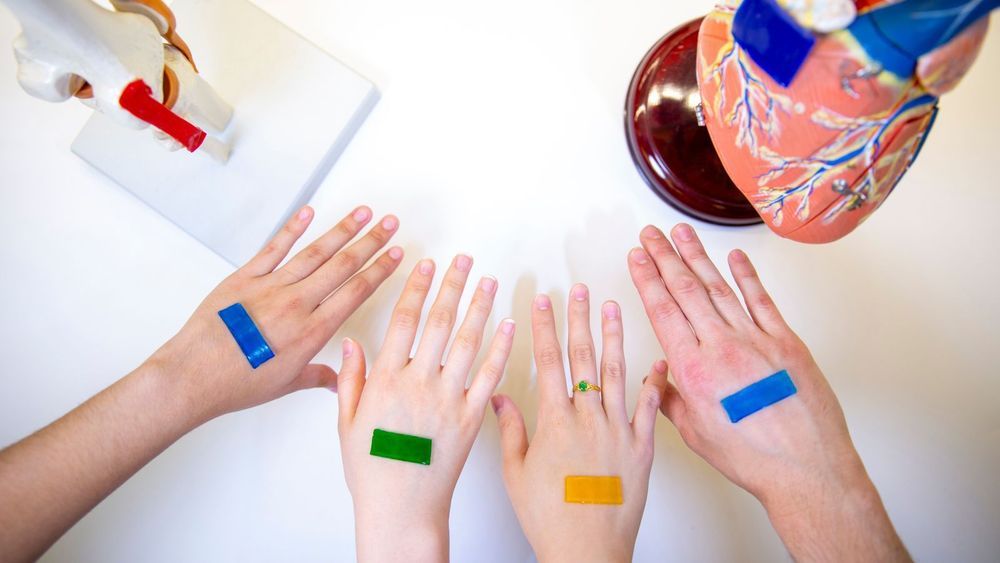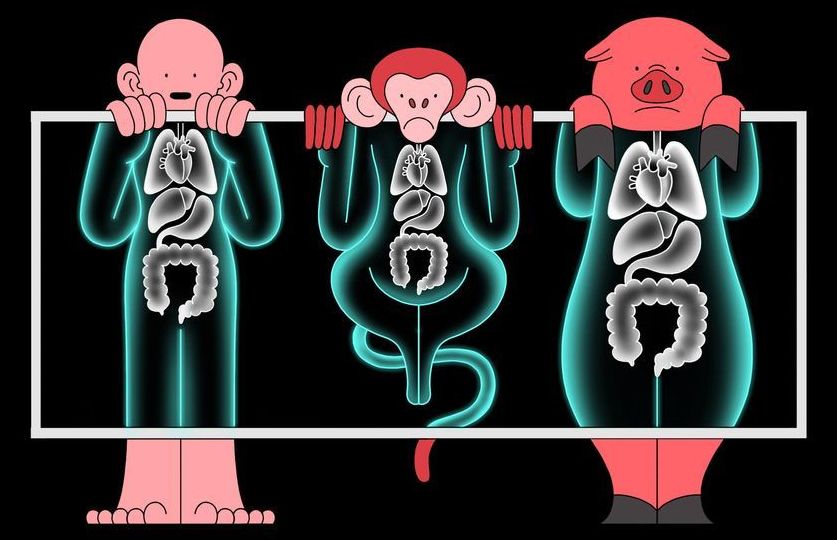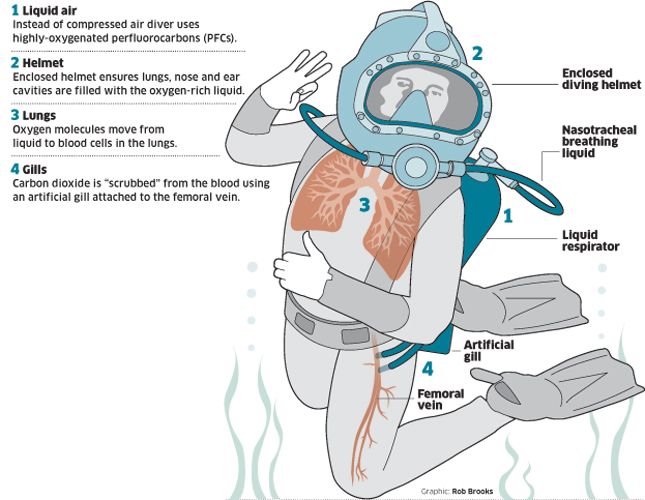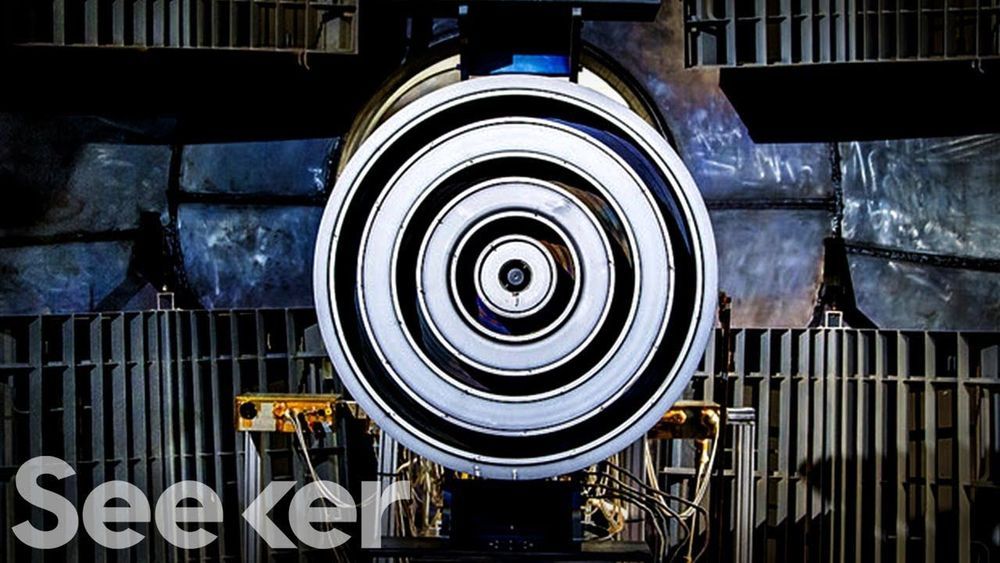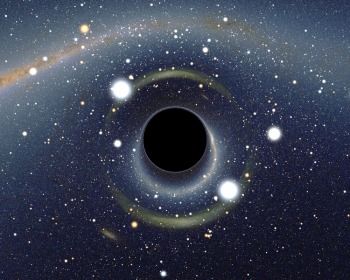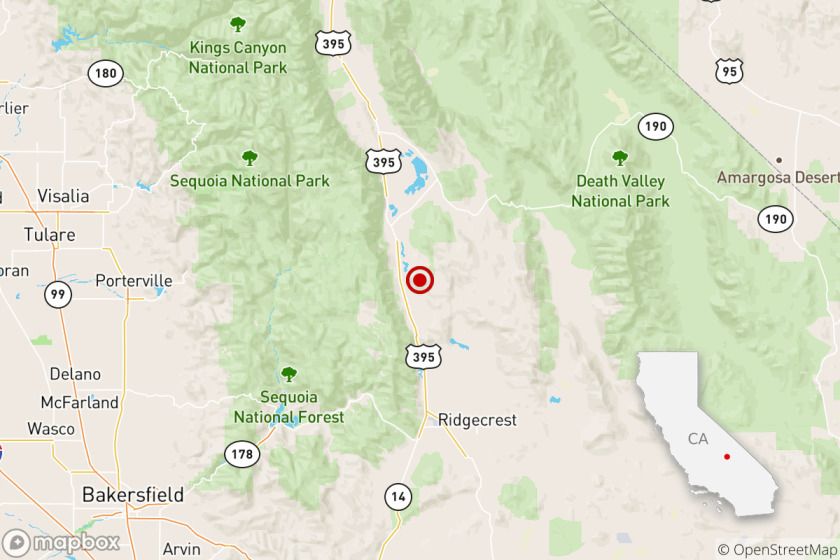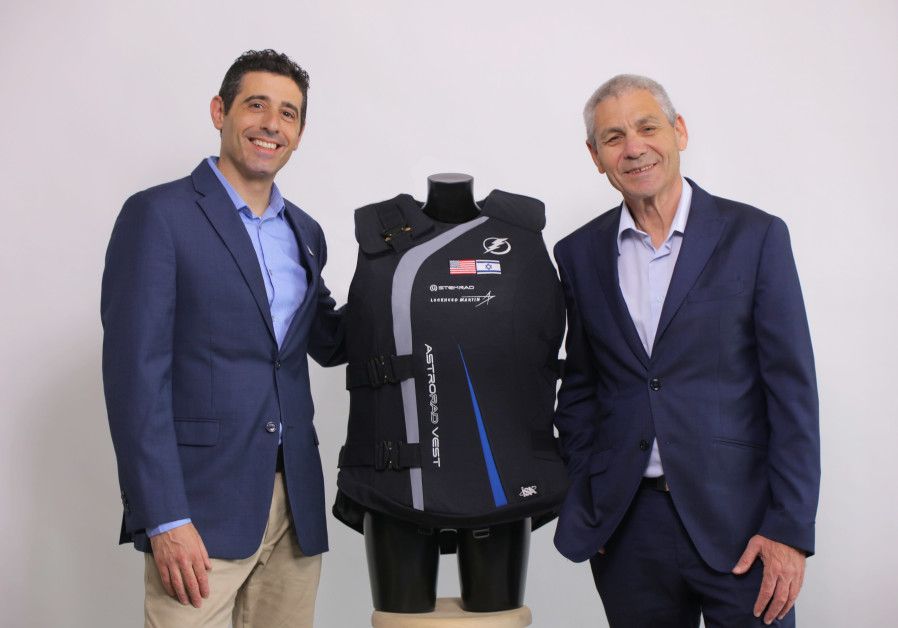Here’s a nifty if still early-in-development bit of science. This week, scientists at Harvard and elsewhere said they’ve created a novel type of dressing that could rapidly heal all sorts of wounds. The gel-based, heat-activated design was inspired by the Wolverine-like skin we have when we’re in the womb.
It’s well known that our fetal skin can completely regenerate itself when injured, without scarring. This happens, at least partly, because embryonic cells produce protein fibers that quickly and tightly close up and contract the skin surrounding a wound. As adults, our skin cells can still do this to an extent, but nowhere to the same degree.
